Transferts monétaires et mobilité humaine
Les transferts monétaires sont souvent utilisés lors de crises afin de répondre aux besoins des personnes migrantes. Dans cette page, vous trouverez des ressources sur les transferts monétaires et la migration.

La Croix-Rouge se prépare à fournir une aide humanitaire aux migrant·es de la caravane sur le point de quitter le Honduras pour le Guatemala.
©Johannes Chinchilla / FICR.
Conflits, crises économiques et catastrophes sont autant de raisons ayant contraint des personnes à fuir et à traverser des frontières dans des conditions éprouvantes et risquées, en quête de sécurité et de moyens de subsistance. En 2020, le nombre de personnes déplacées de force s’est envolé au niveau sans précédent de plus de 80 millions de personnes, soit près du double du nombre enregistré il y a une dizaine d’année. Cette tendance s’aggrave et les effets du changement climatique menacent de déplacer jusqu’à 200 millions de personnes d’ici 2050.
L’assistance monétaire est de plus en plus utilisée afin de répondre aux besoins des personnes en situation de déplacement. On y a eu recours à grande échelle dans différents contextes de migration, en Europe en 2015 jusqu’au Venezuela pour « los caminantes ». Elle a également été utilisée dans d’autres crises migratoires, notamment en Amérique centrale, au Sahel, en Méditerranée et dans la Corne de l’Afrique. L’assistance monétaire est à l’heure actuelle l’une des principales formes d’aide apportée aux populations déplacées en Ukraine et dans les pays voisins.
Il existe une myriade de perspectives et de définitions concernant le mot « migrant·e » et la façon dont les humanitaires doivent agir. C’est pourquoi nous ne choisissons pas une définition unique pour le moment, étant donné que les discussions sur l’assistance monétaire et la migration en sont encore à leurs prémices et que le langage évolue encore.
Documenter et partager les données probantes donnera lieu à des interventions plus efficaces. Cette page contient une sélection de ressources utiles concernant la migration et le recours à l’assistance monétaire. Elle sera mise à jour au fil des discussions ayant lieu dans les espaces humanitaires des transferts monétaires.
Priorités actuelles
Afin de contribuer aux progrès relatifs à cet enjeu, nous nous engageons à :
- soutenir la création de données probantes aux niveaux régional et mondial ;
- contribuer aux solutions pratiques visant à mettre en œuvre les transferts monétaires auprès des personnes migrantes ;
- organiser des discussions sur les enjeux majeurs basées sur des données probantes.
Contenu récent

Multi-Cluster/Sector Initial Rapid Assessment (MIRA)
Report
The immediate aftermath of a sudden-onset disaster is a critical period of time when the humanitarian and donor communities need to make key decisions on how to best support the affected country or region and its populations. However, during that brief period, limited comprehensive information on the...
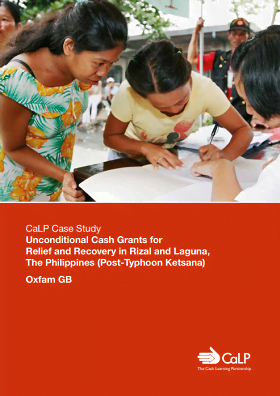
Unconditional Cash Grants for Relief and Recovery in Rizal and Laguna, The Philippines (Post-Typhoon Ketsana)
Report
In response to rapid onset flooding in Laguna and Rizal provinces in the Philippines, Oxfam International implemented a Cash Transfer Programme (CTP) in three phases: 1) Unconditional cash transfers for individuals to provide for basic needs; 2) Conditional cash transfers for individuals resuming income...

ICT/mobile Phone Technology: A shift in the right direction
Blog Post
Thirteen African nations came together for the AgriKnowledge Share Fair in Addis Ababa at the end of October 2012 to learn about approaches for quicker and more efficient humanitarian response. Government representatives, researchers, UN agencies and NGOs gathered for a three day symposium on best...

New Technologies in Cash Transfer Programming and Humanitarian Assistance
Report
This study was commissioned by the the CALP Network in 2011, to review the current use of new technology in humanitarian cash and voucher programming and the broader implications for humanitarian practice. The research was undertaken to explore (i) preconditions for the use of technological...
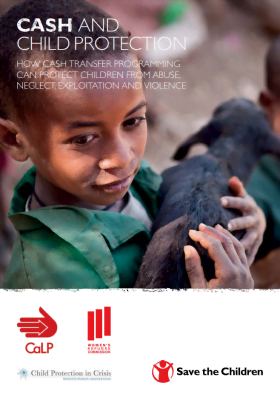
Cash and Child Protection: How cash transfer programming can protect children from abuse, neglect, exploitation and violence
Guidelines and Tools
This discussion paper examines the links between cash transfers and the positive and negative outcomes for children – in particular, the role cash transfers have played in protecting children from abuse, neglect, exploitation and violence. It aims to identify ways in which cash transfer activities could...
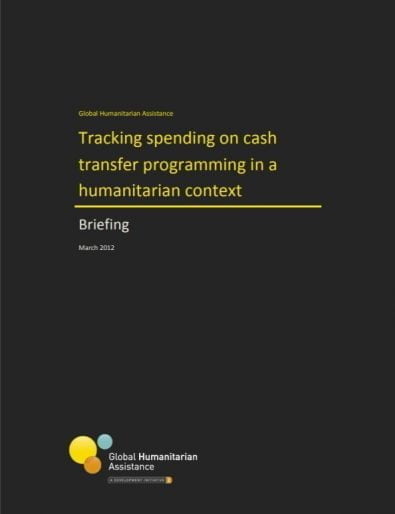
Tracking Spending on Cash Transfer Programming in a Humanitarian Context
Report
This briefing paper provides a brief overview of cash transfers by situating them within official development assistance (ODA) analysis. However, the core of this analysis concentrates on tracking cash transfer programme spending in humanitarian aid. For analysis of cash transfer spending in crisis...
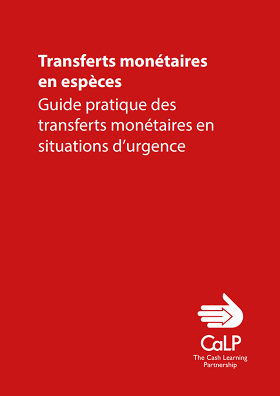
Transferts monétaires en espèces: Guide pratique des transferts monétaires en situations d’urgence
Guides et outils
Ce mini-guide présente quelques informations pratiques sur les transferts monétaires en espèces dans les situations d’urgence. Le guide comprend les informations suivantes: – Conditions préalables – Description de la méthode de paiement – Avantages et inconvénients – Conseils pratiques –...

Mobile Technology in Emergencies
Policy paper
Mobile phones are increasingly accessible to those affected by crisis and can play a strategic role in the delivery of rapid, cost-effective, scalable humanitarian assistance. However, the full potential of mobile phones to work as transformative tools in emergency response has not yet been realised. This...
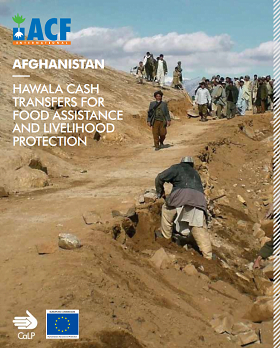
Afghanistan: Hawala cash transfers for food assistance and livelihood protection
Case Study
In response to repeated flooding, ACF implemented a cash-based intervention in the Samangan and Day Kundi Provinces of Afghanistan. The project applied cash for work activities as well as unconditional cash transfers and made use of the local Hawala system to securely transfer money to beneficiaries. The...

The Impact of Cash Transfers on Nutrition in Emergency and Transitional Contexts – Synthesis paper
Report
Cash transfer programming is now widely accepted as a way to meet a variety of needs in humanitarian and transitional settings. Although the literature on cash transfers has grown exponentially over the last few years, as has their use in humanitarian interventions, the relationship between cash transfer...

New Technologies in Cash Transfer Programming and Humanitarian Assistance – Executive Summary
Report
This is the executive summary of the CALP Network’s research on new technologies in cash transfer programming and humanitarian assistance. For more, please see the full report.

Child Safeguarding in Cash Transfer Programming
Guidelines and Tools
While cash transfers have become a key intervention in emergencies, they also pose increased and additional risks for beneficiaries, compared with other forms of assistance. Children are particularly vulnerable, and even more so in emergencies. The impact of cash transfer programming on children’s...

Kenya: Cash grants to support post-election violence livelihood recovery
Case Study
In response to post-election violence starting in late December 2007, ACF implemented a cash-based intervention in Nakuru, South Rift Valley, Kenya. This programme supported the local displaced and host population, who had been excluded from aid provided to internally displaced persons (IDPs) living in...
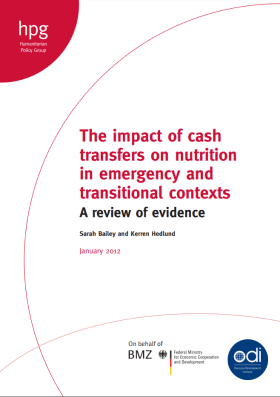
The Impact of Cash Transfers on Nutrition in Emergency and Transitional Contexts – Review of evidence
Report
This ODI / HPG commissioned report reviews the evidence of the impact of cash transfers on nutrition in emergency and transitional contexts. The research finds that evidence from humanitarian evaluations makes a strong case that cash transfers often improve dietary intake. There is less evidence that cash...
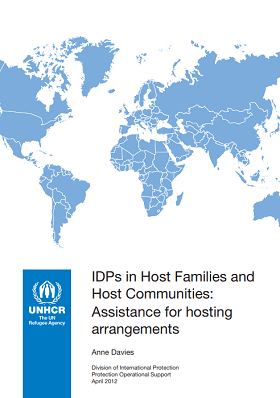
IDPs in Host Families and Host Communities: Assistance for Hosting Arrangements
Report
The phenomenon of internally displaced persons (IDPs) and refugees residing with host families is still relatively unexplored in comparison to what is known about IDPs and refugees living in camps. Of the nearly 14.7 million IDPs protected and assisted by UNHCR in 2010, an estimated 52% of the total live...
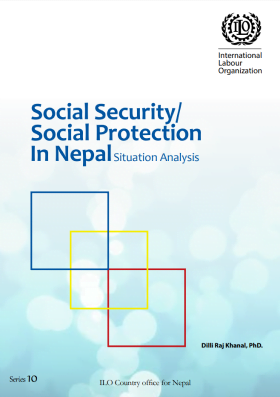
Social Security/Social Protection In Nepal: Situation analysis
Report
The International Labour Conference has outlined several strategies to extend social security by closing coverage gaps and pointed out that effective national strategies should be formed in line with national priorities, administrative feasibility and affordability. The primary goal is to ensure that no...
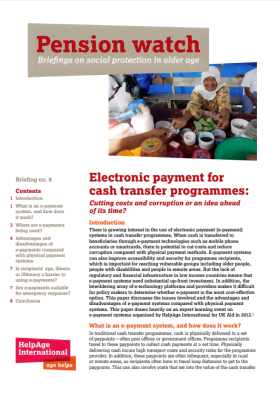
Pension Watch Briefing #8: Electronic payment for cash transfer programmes
Policy paper
There is growing interest in the use of electronic payment (e-payment) systems in cash transfer programmes. When cash is transferred to beneficiaries through e-payment technologies such as mobile phone accounts or smartcards, there is potential to cut costs and reduce corruption compared with physical...
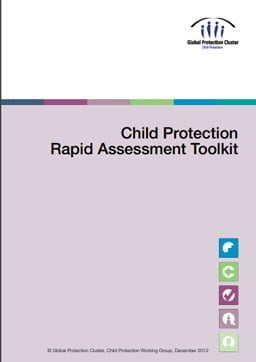
Child Protection Rapid Assessment Toolkit
Guidelines and Tools
The CPRA Toolkit provides all the information you need to conduct a CPRA over a five-week timeframe. The toolkit is divided into three parts: Part 1: a guide to CPRA provides an action plan with 6 key phases, giving guidance for tasks in each phase. Part 2: sample tools provides five key tools for...

Mobile Money Transfer: A study on effectiveness and efficacy!
Report
For this study both structured and semi-structured questioning method were used. Few KII (in depth interview) along with a pre-designed questionnaire were used for understanding the benefits and challenges of this new method on different stakeholders.
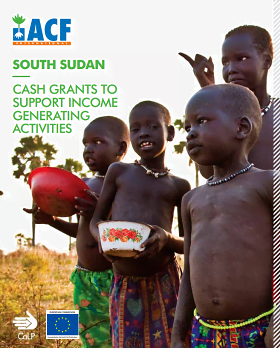
South Sudan: Cash grants to support income generating activities
Case Study
In response to chronic malnutrition, ACF implemented a cash-based intervention in Twic and Gogrial West Counties of Warrap State, South Sudan, using group cash grants to promote income generating activities. The programme addressed chronic livelihood vulnerability, which is a contributing factor to global...